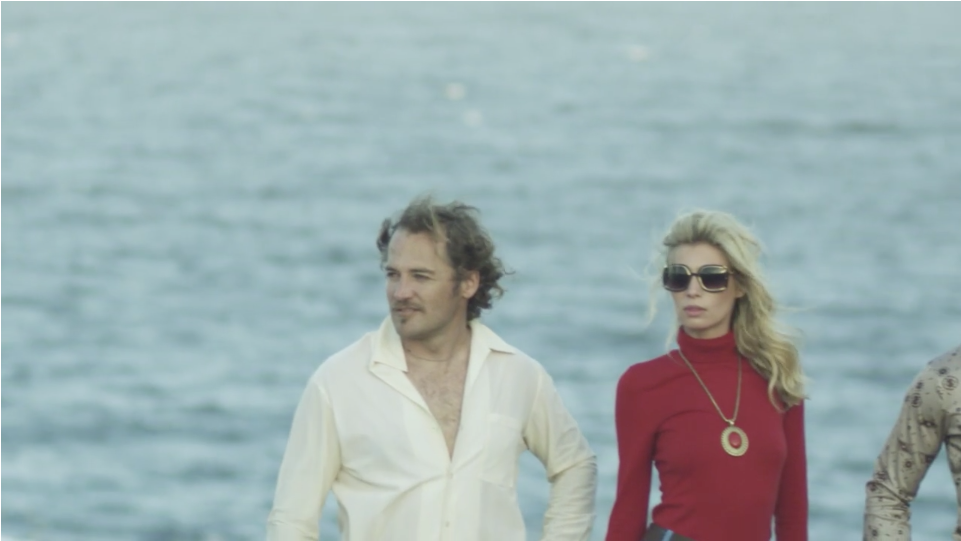Combining the information above with my previous knowledge of Indie culture, I created this mood board using Polyvore, an online interactive collage website. As Indie culture is so diverse, here I compiled a group of images which I believe hold significance to someone who identifies with this social group.
My primary research has shown that the majority of those interested in the Indie genre of music are females, and so I have compiled this image with items which would be associated with someone who identifies as female.
Fashion is considered a crucial foundation within indie culture, vintage or handmade items are especially popular, as are band t-shirts and printed items. Despite this focus on individuality, the result is often counterintuitive, with indie having a varied yet definable aesthetic. Conforming is often rejected by this culture, and by purchasing from charity shops and vintage outlets, they believe that they are rejecting the dominance of mainstream fashion. However, once again, these items often appropriate styles from the 60's, 70's, and 80's, indeed still following fashion. The focus is on smaller, independent brands which are otherwise not widely available, in an attempt to maintain a unique fashion sense, which can ultimately be recognised and labelled.
My primary research has shown that the majority of those interested in the Indie genre of music are females, and so I have compiled this image with items which would be associated with someone who identifies as female.
Fashion is considered a crucial foundation within indie culture, vintage or handmade items are especially popular, as are band t-shirts and printed items. Despite this focus on individuality, the result is often counterintuitive, with indie having a varied yet definable aesthetic. Conforming is often rejected by this culture, and by purchasing from charity shops and vintage outlets, they believe that they are rejecting the dominance of mainstream fashion. However, once again, these items often appropriate styles from the 60's, 70's, and 80's, indeed still following fashion. The focus is on smaller, independent brands which are otherwise not widely available, in an attempt to maintain a unique fashion sense, which can ultimately be recognised and labelled.
The extent of the impact which indie culture can be accountable for is most notably the appropriation of vintage clothing. Following Levi-Strauss's theory of bricolage (1976) - the re-contextualisation of objects to communicate fresh meanings, including prior significance and meanings to the objects used - with members of the indie culture transforming and rearranging existing objects to portray something new, with the aim to be embraced by those both within and outside this social group. Vintage clothing originally referred to older clothing from around 1950-1980, otherwise considered old and cheap. Vintage stores were stereotypically frequented by those who could not afford the up-to-date fashion trends, and as such held negative connotations. However, the indie culture transformed this intended connotation into something quite the opposite, with vintage clothing now widely deemed as an expression of individuality from mainstream culture, resulting in something to be adored. As a result of this, many larger mainstream fashion outlets developed 'vintage-inspired' lines which are still readily available and popular in stores today, demonstrating how large and influential this social group is.
Continuing the vintage theme, this ties in with the aforementioned love of vinyl records, offering an experience and collectable element which we have otherwise been desensitised to through the development of MP3's. I have referenced this through the faded image of a record store and a vinyl, with the faded, low contrast aesthetic proving conventional in indie music videos.
References: http://www.culturetease.com/2011/12/an-adventure-of-indie-culture-lady-gaga-and-help-for-the-hipsters/
















































